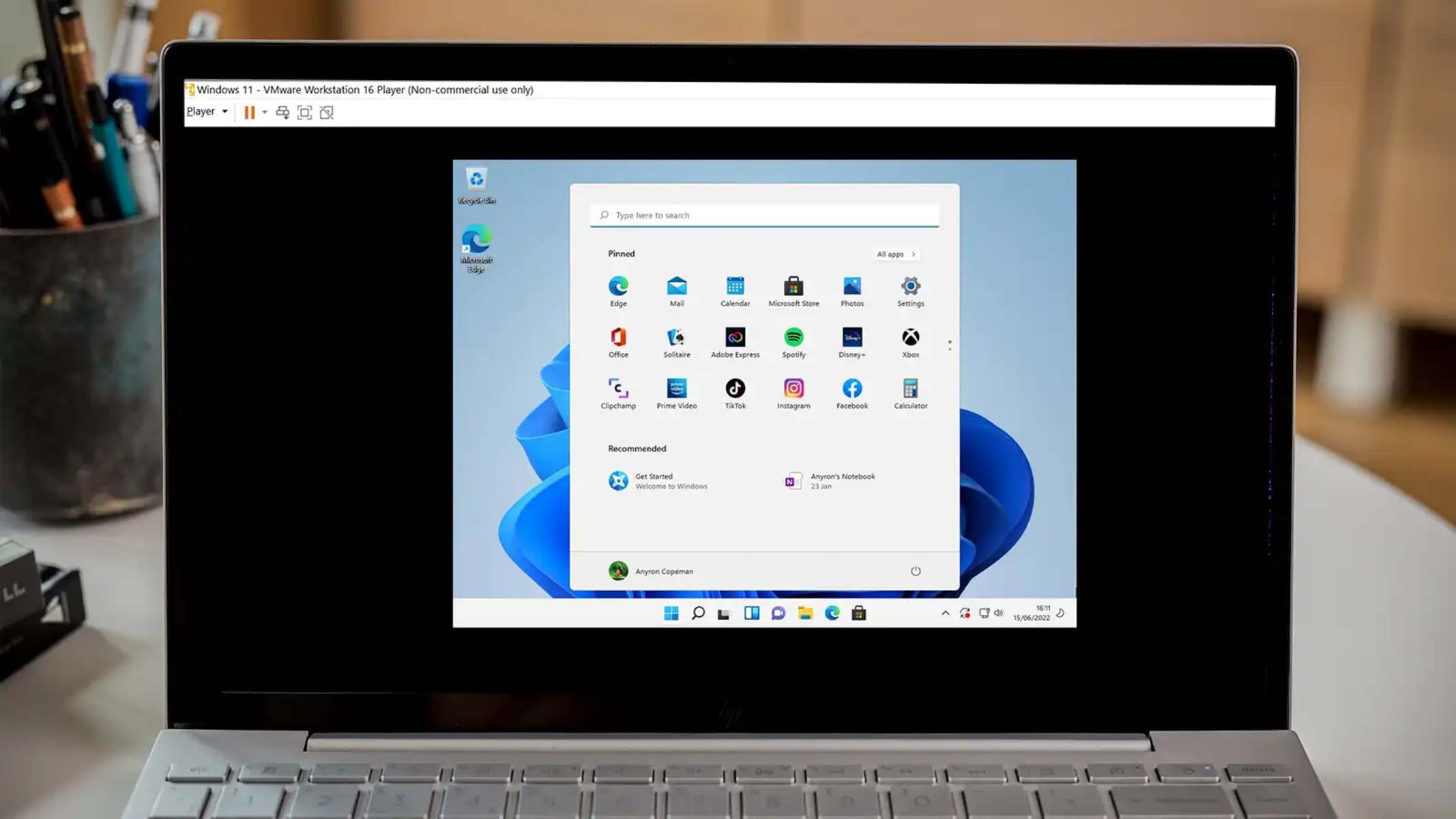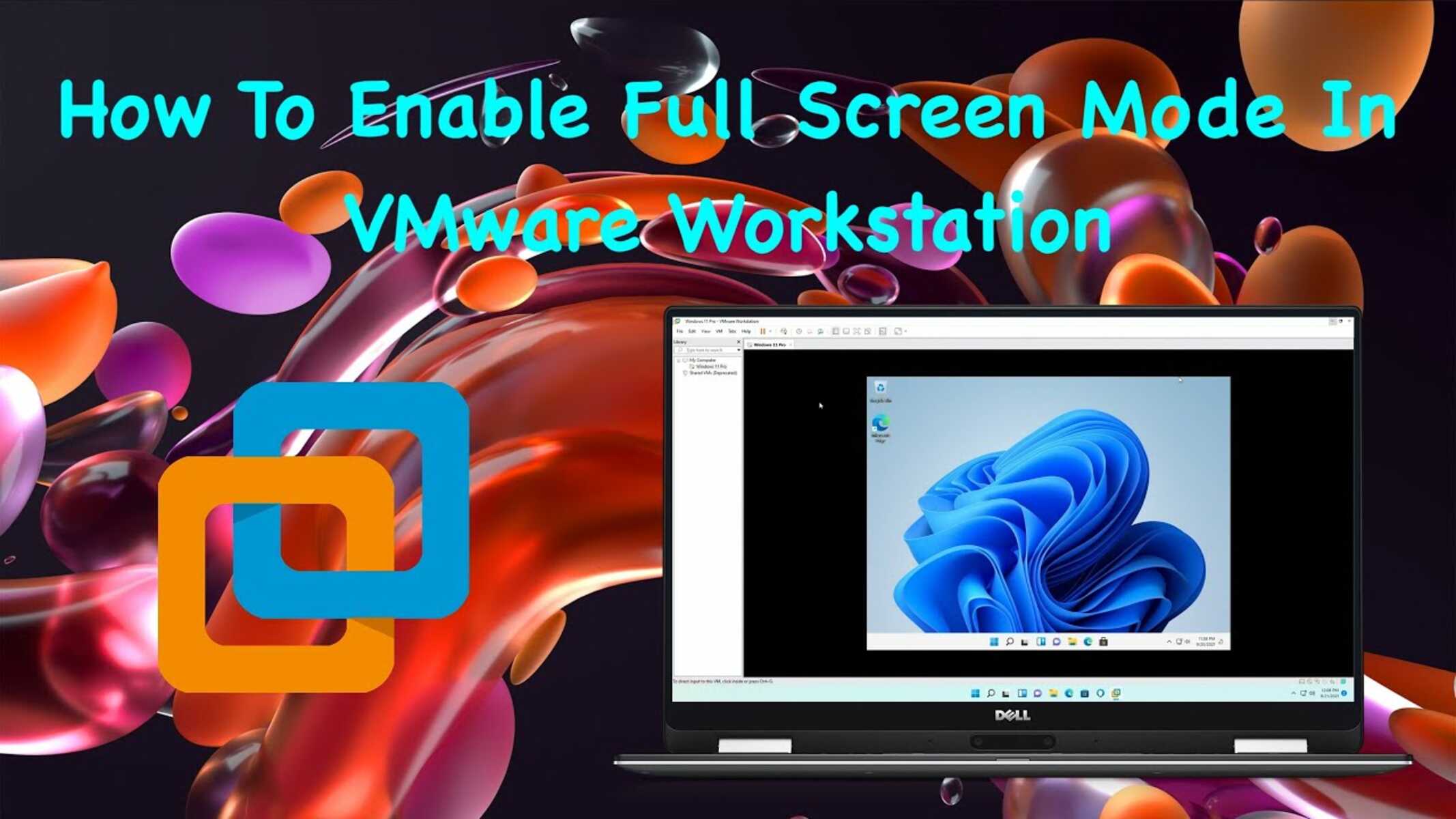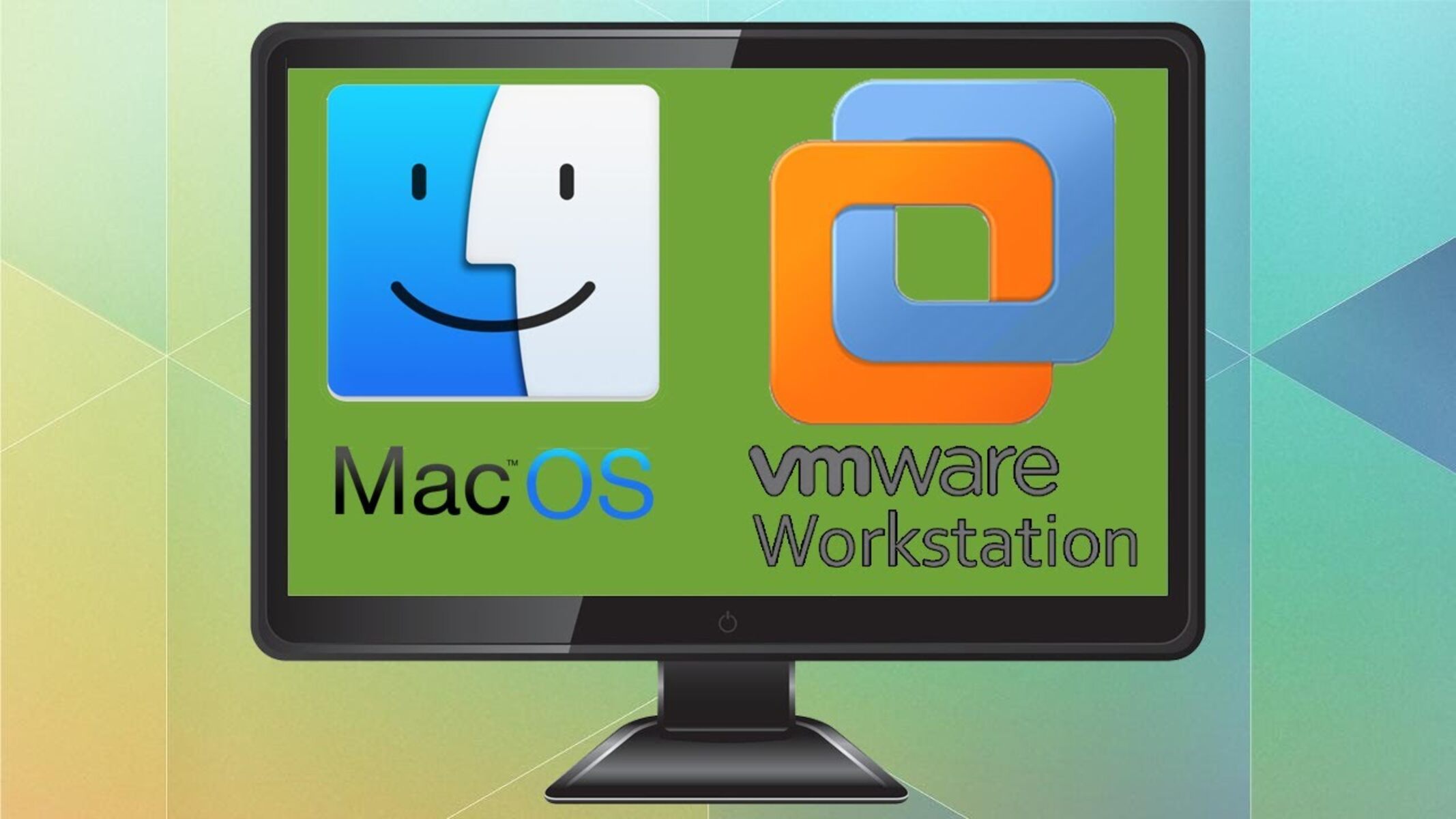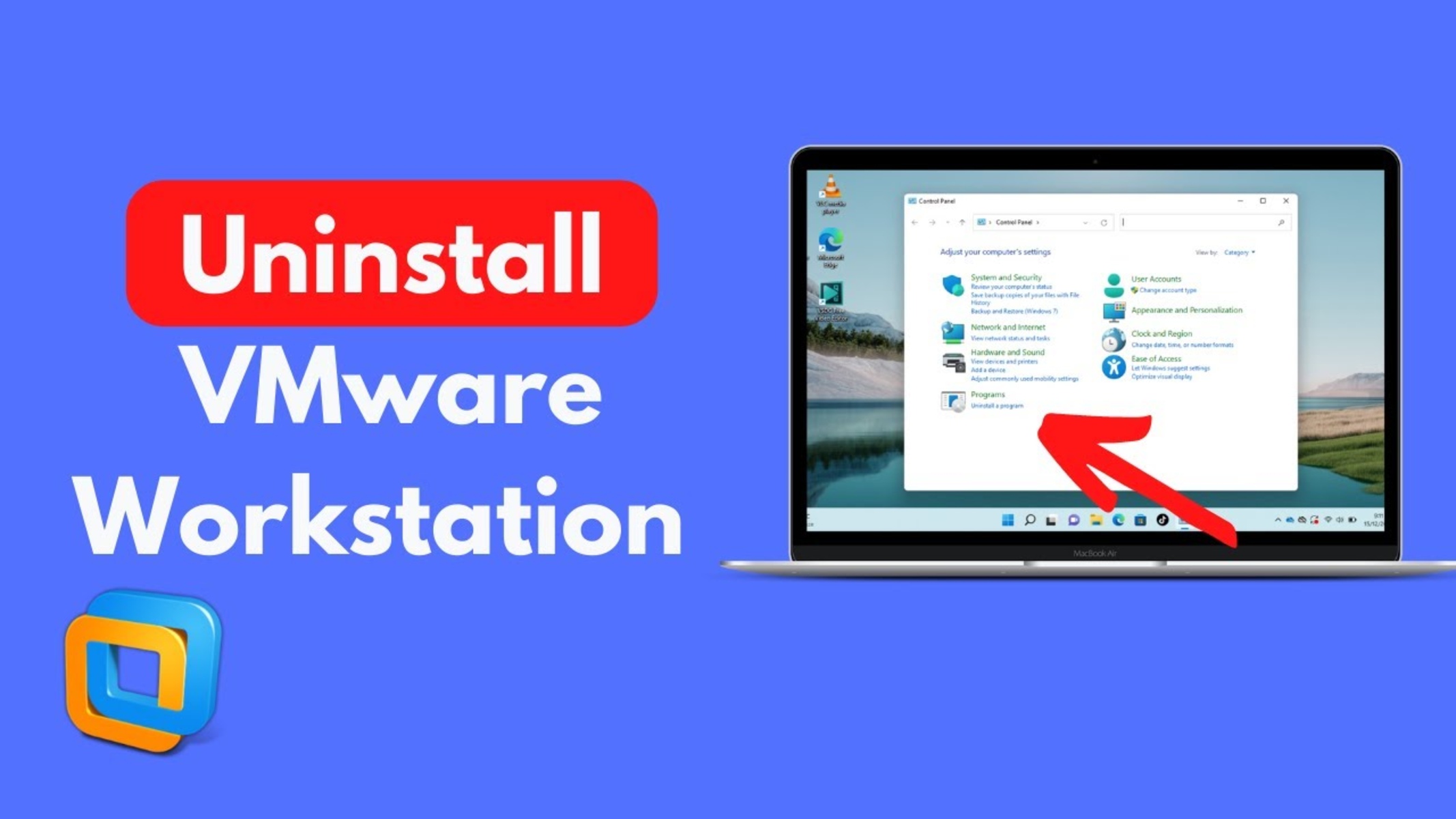Introduction
Welcome to our guide on how to configure a Cisco switch on VMware Workstation. If you’re looking to gain hands-on experience with Cisco switches without the need for physical hardware, VMware Workstation provides an excellent virtualization solution. By running Cisco IOS on a virtual machine, you can create a virtual network environment to test various configurations, troubleshoot networking issues, and practice your networking skills.
Configuring a Cisco switch on VMware Workstation allows you to simulate a real-world network environment, making it an ideal solution for network administrators, engineers, and enthusiasts who want to learn and experiment with Cisco networking technologies. With the flexibility and convenience provided by VMware Workstation, you can create multiple virtual networks and implement various Cisco switch configurations without the need for physical equipment.
In this guide, we will walk you through the process of setting up VMware Workstation, downloading and installing the Cisco IOS image, creating a virtual machine for the Cisco switch, configuring the virtual machine networking, and performing basic and advanced configurations on the switch. By following this step-by-step tutorial, you will have a fully functional Cisco switch running on your VMware Workstation in no time.
It’s important to note that while VMware Workstation and Cisco IOS simulations provide an excellent learning platform, they are not meant to replace real-world hands-on experience. They should be used to supplement your practical knowledge and provide a safe environment for experimentation and learning.
Now, let’s dive into the prerequisites and setup process needed to configure a Cisco switch on VMware Workstation.
Prerequisites for Configuring Cisco Switch on VMware Workstation
Before you begin configuring a Cisco switch on VMware Workstation, there are a few prerequisites that you need to fulfill. Ensuring that you have the following requirements in place will help streamline the setup process and ensure a smooth configuration experience.
- VMware Workstation: Make sure you have VMware Workstation installed on your computer. VMware Workstation is a virtualization software that allows you to run multiple operating systems on your computer simultaneously.
- Cisco IOS Image: Obtain a valid Cisco IOS image from the official Cisco website or other reliable sources. This image will be used to install the Cisco operating system on the virtual machine.
- Computer Specifications: Ensure that your computer meets the minimum requirements to run VMware Workstation and the virtual machine smoothly. Check for sufficient RAM, CPU power, and disk space to handle the virtualization workload.
- Network Environment: Set up a virtual network environment in VMware Workstation. This can be achieved by configuring the network settings and virtual network adapters within the software.
- Basic Networking Knowledge: Familiarize yourself with basic networking concepts and terminology. Understanding concepts such as IP addresses, subnetting, VLANs, and trunking will greatly help during the configuration process.
- Cisco Switch Documentation: Refer to the official Cisco documentation, such as user manuals and configuration guides, for detailed information about specific switch models and their configuration options.
By fulfilling these prerequisites, you will be well-prepared to configure a Cisco switch on VMware Workstation. It’s essential to have the necessary software, hardware, and knowledge in place to effectively set up and manage the virtual network environment.
Now that you understand the prerequisites, let’s move on to the next section, where we’ll guide you through setting up VMware Workstation.
Setting up VMware Workstation
Before you can configure a Cisco switch on VMware Workstation, you need to ensure that VMware Workstation is properly set up on your computer. Follow these steps to get started:
- Download and Install VMware Workstation: Visit the VMware website and download the latest version of VMware Workstation. Once the download is complete, run the installation file and follow the on-screen instructions to install the software on your computer.
- Launch VMware Workstation: After the installation is complete, launch VMware Workstation by double-clicking the desktop shortcut or searching for it in the start menu. VMware Workstation will open with the Home screen.
- Create a New Virtual Machine: Click on “Create a New Virtual Machine” on the Home screen. This will start the New Virtual Machine Wizard, which will guide you through the process of creating a virtual machine. Select the option to install the operating system later.
- Configure Virtual Machine Hardware: Specify the hardware settings for the virtual machine, including the number of processors, RAM allocation, and virtual hard disk size. Adjust these settings according to your system requirements and the resource needs of the virtual machine.
- Choose the ISO File: When prompted to select the installation method, choose “Installer disc image file (ISO)”. Browse to the location where you have downloaded the Cisco IOS image file and select it.
- Complete the Virtual Machine Creation: Follow the remaining steps in the New Virtual Machine Wizard, providing a name and location for the virtual machine, and reviewing the summary of the virtual machine settings. Click “Finish” to complete the creation process.
Once you have set up VMware Workstation and created the virtual machine for the Cisco switch, you are ready to proceed with downloading and installing the Cisco IOS image.
Note that these steps are a general guideline for setting up VMware Workstation. The exact steps may vary depending on the version of VMware Workstation you are using. Consult the VMware documentation for detailed instructions specific to your version.
In the next section, we will discuss the process of downloading and installing the Cisco IOS image on VMware Workstation.
Downloading and Installing Cisco IOS Image on VMware Workstation
In order to configure a Cisco switch on VMware Workstation, you will need to download and install the Cisco IOS image onto your virtual machine. The Cisco IOS image contains the operating system and associated files for the switch.
Here are the steps to download and install the Cisco IOS image:
- Obtain the Cisco IOS Image: Visit the official Cisco website or a trusted source to obtain the Cisco IOS image for the specific switch model you wish to emulate. Ensure that you have the appropriate licensing and permissions to use the image.
- Copy the IOS Image file: Once you have downloaded the Cisco IOS image file, copy it to the appropriate location on your computer where VMware Workstation can access it. This can be the default virtual machine directory or any other location of your choice.
- Add the IOS Image to the Virtual Machine: Open VMware Workstation and navigate to the virtual machine settings for the Cisco switch. Select the “CD/DVD” option and choose the “Use ISO image file” option. Browse to the location where you copied the Cisco IOS image file and select it.
- Power on the Virtual Machine: Start the virtual machine for the Cisco switch. VMware Workstation will detect the Cisco IOS image and boot the virtual machine from it.
- Install the Cisco IOS Image: Follow the prompts on the Cisco switch console to install the IOS image. This process may vary depending on the switch model and IOS version. Refer to the Cisco documentation for detailed instructions on the installation procedure.
- Configure Initial Settings: Once the Cisco IOS image is installed, you will be prompted to configure initial settings such as hostname, IP address, and management credentials. Provide the appropriate values according to your network requirements.
After completing these steps, the Cisco switch should be up and running with the installed IOS image. You can now proceed with configuring the virtual machine networking and initializing the basic switch configuration.
In the next section, we will discuss how to create a virtual machine for the Cisco switch on VMware Workstation.
Creating a Virtual Machine for the Cisco Switch
Now that VMware Workstation is set up and the Cisco IOS image is installed, the next step is to create a virtual machine specifically for the Cisco switch. This virtual machine will serve as the platform for running and configuring the Cisco switch.
Follow these steps to create a virtual machine for the Cisco switch:
- Open VMware Workstation: Launch VMware Workstation and go to the Home screen.
- Click on “Create a New Virtual Machine”: On the Home screen, click on the option to “Create a New Virtual Machine.”
- Select “Custom (advanced) virtual machine configuration”: In the New Virtual Machine Wizard, choose the custom configuration option and click “Next.”
- Select the Virtual Machine Hardware Compatibility: Choose the appropriate compatibility level according to your VMware Workstation version and the requirements of your Cisco switch. Click “Next” to proceed.
- Select the Guest Operating System: Choose the option that matches the Cisco switch model or select “Other” if the specific model is not listed. Click “Next” to continue.
- Specify the Virtual Machine Name and Location: Provide a name for the virtual machine and select the desired location where the virtual machine files will be stored. Click “Next” when you’re done.
- Select the Virtual Processors and Cores: Specify the number of processors and cores that the virtual machine should utilize. This will depend on the specific requirements of your Cisco switch and the available resources on your host machine. Click “Next” to proceed.
- Allocate Memory: Set the amount of memory (RAM) that the virtual machine should have. It’s recommended to allocate sufficient memory for optimal performance. Click “Next” to continue.
- Create a New Virtual Disk: Choose the option to create a new virtual disk for the virtual machine. Specify the disk size and select the appropriate disk type. It’s recommended to choose the default options unless you have specific requirements. Click “Next” to proceed.
- Select the Network Connection: Choose the desired network connection option to connect the virtual machine. This can be Bridged, NAT, or Host-Only. Select the appropriate option based on your network configuration. Click “Next” to continue.
- Review the Summary: Review the summary of the virtual machine settings. If everything looks correct, click “Finish” to create the virtual machine.
Once the virtual machine is created, you will have a dedicated platform to run and configure the Cisco switch. In the next section, we will discuss the process of configuring the virtual machine networking to connect the Cisco switch to the network.
Configuring the Virtual Machine Networking
After creating a virtual machine for the Cisco switch on VMware Workstation, the next step is to configure the networking settings. This will allow the virtual machine to connect and communicate with other devices on your network.
Follow these steps to configure the networking for the virtual machine:
- Open the Virtual Machine Settings: In VMware Workstation, go to the virtual machine for the Cisco switch and click on “Edit virtual machine settings.”
- Select the Network Adapter: In the Hardware tab, select the Network Adapter option.
- Choose the Network Connection Type: Depending on your network environment, choose one of the following options:
- Bridged: This option connects the virtual machine directly to the physical network, allowing it to obtain an IP address from the network DHCP server. It will appear as a separate device on the network.
- NAT: This option allows the virtual machine to share the host machine’s IP address. The virtual machine will be able to access the network, but it will appear as the host machine on the network.
- Host-Only: This option creates a virtual network between the virtual machine and the host machine. The virtual machine can communicate with the host and other virtual machines on the same host-only network.
- Configure Additional Network Settings: Depending on the network connection type you chose, you may need to configure additional settings such as MAC address changes or IP address assignments.
- Save the Settings: Click “OK” to save the network configuration settings.
Once the networking is configured, the virtual machine will be able to connect to the network and communicate with other devices. This allows you to test and configure various network scenarios on the Cisco switch.
In the next section, we will discuss how to power on the Cisco switch virtual machine and access its command line interface (CLI) for configuration.
Powering on the Cisco Switch Virtual Machine
After configuring the networking settings for the virtual machine, the next step is to power on the Cisco switch virtual machine. This will allow you to access the switch’s command line interface (CLI) and perform the necessary configurations.
Follow these steps to power on the Cisco switch virtual machine:
- Select the Virtual Machine: In VMware Workstation, go to the virtual machine for the Cisco switch.
- Power On the Virtual Machine: Click on the “Power on this virtual machine” button to start the Cisco switch virtual machine.
- Wait for the Boot Process: The virtual machine will go through the boot process, which may take a few moments. You will see the Cisco switch startup messages on the console.
- Access the Command Line Interface (CLI): Once the virtual machine has booted up, you can access the Cisco switch’s CLI by opening a terminal or console session. This can be done by clicking on the console window within VMware Workstation.
When accessing the Cisco switch’s CLI, you may be prompted to enter login credentials. The default username is typically “admin” or “cisco” with the default password being “password” or blank.
Once you have successfully logged in to the Cisco switch’s CLI, you are ready to begin configuring the switch as per your requirements. You can now apply various configuration commands to set up VLANs, trunking, routing, security, and other networking features.
It’s important to note that the specific configuration steps will depend on your network requirements and the Cisco switch model you are emulating. Consult the Cisco switch documentation for detailed instructions on the available configuration options.
In the next section, we will discuss the initial configuration steps that you need to perform on the Cisco switch.
Accessing the Cisco Switch Command Line Interface (CLI)
In order to configure the Cisco switch running on VMware Workstation, you need to access the switch’s Command Line Interface (CLI). The CLI allows you to enter commands and configure various settings on the switch.
Follow these steps to access the Cisco switch’s CLI:
- Power On the Cisco Switch Virtual Machine: In VMware Workstation, ensure that the virtual machine for the Cisco switch is powered on. If it’s not, refer to the previous section on how to power on the virtual machine.
- Open the Console Window: Click on the virtual machine console window to focus on it. This will ensure that the keyboard input is directed to the switch’s CLI.
- Wait for the Switch to Boot: Give the switch a moment to complete the boot process. You will see startup messages and status updates on the console as the switch initializes.
- Enter the Login Credentials: Once the switch has finished booting, you will be prompted to enter the login credentials. The default username is typically “admin” or “cisco,” and the default password is “password” or left blank. Enter the appropriate credentials and press Enter.
After successfully logging in to the Cisco switch’s CLI, you will be presented with the command prompt, indicating that you are ready to enter configuration commands.
It’s important to note that the CLI commands and configuration steps will vary depending on the Cisco switch model and the specific configuration you want to implement. Refer to the Cisco switch documentation or consult online resources for the relevant command syntax and configuration examples.
Now that you have accessed the Cisco switch’s CLI, you can proceed with performing basic initial configuration tasks, such as setting the switch hostname, configuring IP addresses, and enabling necessary services.
In the next section, we will discuss the basic initial configuration steps that you should perform on the Cisco switch.
Basic Initial Configuration of the Cisco Switch
After accessing the Cisco switch’s Command Line Interface (CLI), the next step is to perform the basic initial configuration. This includes setting up essential parameters, such as the hostname, IP address, subnet mask, and enabling necessary services on the switch.
Follow these steps to perform the basic initial configuration of the Cisco switch:
- Set the Hostname: Enter the command
hostname [hostname]to set the switch’s hostname. Replace[hostname]with the desired name for your switch. - Configure IP Address: Assign an IP address to the switch by entering the command
interface vlan [vlan_number], followed byip address [ip_address] [subnet_mask]. Replace[vlan_number]with the appropriate VLAN number and[ip_address]and[subnet_mask]with the desired IP address and subnet mask for the VLAN interface. - Enable Routing: If you want to enable routing on the switch, use the command
ip routing. This allows the switch to route packets between VLANs. - Enable SSH: To enable SSH access for secure remote management, enter the command
crypto key generate rsato generate encryption keys, followed byip ssh version 2to enable SSH version 2 on the switch. - Configure Management Interface: If you want to assign a management IP address to a specific interface, enter the command
interface [interface_name], followed byip address [ip_address] [subnet_mask]. Replace[interface_name]with the desired interface name, such as GigabitEthernet0/0, and[ip_address]and[subnet_mask]with the appropriate IP address and subnet mask. - Save the Configuration: After completing the initial configuration, save the configuration changes using the command
copy running-config startup-configorwrite memory. This ensures that the configuration is saved and applied after a reboot.
These steps provide a basic initial configuration for your Cisco switch. You can further customize the configuration by enabling additional features, configuring VLANs, setting up routing protocols, applying access control lists, and more, depending on your network requirements.
Remember to consult the Cisco switch documentation or refer to online resources for specific command syntax and additional configuration options.
In the next section, we will discuss how to configure VLANs on the Cisco switch.
Configuring VLANs on the Cisco Switch
VLANs (Virtual Local Area Networks) allow you to logically segment the network and group devices together based on their function, department, or any other criteria. Configuring VLANs on the Cisco switch enables you to isolate network traffic, enhance network performance, and improve security.
Follow these steps to configure VLANs on the Cisco switch:
- Enter VLAN Configuration Mode: Access the Cisco switch’s CLI and enter global configuration mode by typing
configure terminal. - Create VLANs: To create a VLAN, use the command
vlan [vlan_number]. Replace[vlan_number]with the desired VLAN ID. - Assign VLAN Names: Give each VLAN a meaningful name using the command
name [vlan_name]. Replace[vlan_name]with the desired name for the VLAN. - Configure Access Ports: Assign specific switch ports to a VLAN using the command
interface [interface_name], followed byswitchport mode accessandswitchport access vlan [vlan_number]. Replace[interface_name]with the interface to be configured as an access port and[vlan_number]with the appropriate VLAN ID. - Configure Trunk Ports: If you want to carry multiple VLAN traffic over a single trunk port, use the command
interface [interface_name], followed byswitchport mode trunk. This allows the switch to encapsulate and transport VLAN traffic across the trunk. - Verify VLAN Configuration: To verify the VLAN configuration, use the command
show vlan. This command displays a summary of the VLANs created and their associated ports. - Save the Configuration: After configuring the VLANs, save the configuration changes using the command
copy running-config startup-configorwrite memory. This ensures that the configuration is saved and applied after a reboot.
By configuring VLANs on the Cisco switch, you can effectively segment your network, control network traffic, and improve network performance and security. Ensure that each device is assigned to the appropriate VLAN based on its intended function or role within the network.
It’s important to consult the Cisco switch documentation or refer to online resources for detailed information on VLAN configuration commands and best practices.
In the next section, we will discuss how to configure trunking on the Cisco switch.
Configuring Trunking on the Cisco Switch
Trunking allows you to carry traffic for multiple VLANs over a single link between switches. By configuring trunking on the Cisco switch, you can efficiently transport VLAN traffic and ensure connectivity between switches without the need for separate physical connections for each VLAN.
Follow these steps to configure trunking on the Cisco switch:
- Enter Interface Configuration Mode: Access the Cisco switch’s CLI and enter global configuration mode by typing
configure terminal. - Select the Interface: Select the interface you want to configure as a trunk port using the command
interface [interface_name]. Replace[interface_name]with the appropriate interface, such as GigabitEthernet0/1. - Enable Trunking: To enable trunking on the selected interface, use the command
switchport mode trunk. This command configures the interface to carry traffic for multiple VLANs. - Configure Allowed VLANs: Specify the VLANs allowed to traverse the trunk port using the command
switchport trunk allowed vlan [vlan_list]. Replace[vlan_list]with the VLAN IDs you want to allow on the trunk. You can specify multiple VLANs separated by commas or ranges using hyphens. - Verify Trunk Configuration: To verify the trunk configuration, use the command
show interfaces trunk. This command displays a summary of the trunk ports and their associated VLANs. - Save the Configuration: After configuring trunking on the Cisco switch, save the configuration changes using the command
copy running-config startup-configorwrite memory. This ensures that the configuration is saved and applied after a reboot.
By configuring trunking on the Cisco switch, you can efficiently transport traffic from multiple VLANs across a single link. This helps reduce cable clutter, simplify network management, and optimize network performance.
Ensure that all switches connected through trunks are properly configured with matching trunk settings, including allowed VLANs, to establish successful communication between switches.
Consult the Cisco switch documentation or refer to online resources for detailed information on trunk configuration commands and best practices.
In the next section, we will discuss how to verify and test the configuration of the Cisco switch.
Verifying and Testing the Cisco Switch Configuration
After configuring the Cisco switch, it’s essential to verify and test the configuration to ensure its correctness and functionality. This step allows you to confirm that the switch is operating as intended and that all the configured features, such as VLANs and trunking, are working correctly.
Here are some methods for verifying and testing the Cisco switch configuration:
- Verify VLAN Configuration: Use the command
show vlanto display the configured VLANs and their associated interfaces. Ensure that the VLANs and their attributes are correctly configured. - Check Interface Status: Use the command
show interfaces statusto examine the status of the switch interfaces. Verify that the interfaces are up/up and the VLAN assignments are correct. - Test VLAN Connectivity: You can test VLAN connectivity by connecting devices to the respective VLANs and verifying that they can communicate with each other within the same VLAN while being isolated from other VLANs.
- Verify Trunk Configuration: Run the command
show interfaces trunkto ensure that the trunk ports are set up correctly and carrying the desired VLAN traffic. Confirm that the allowed VLANs match the configured trunk ports on other switches. - Check IP Address Assignments: Use the command
show ip interface briefto check the IP addresses assigned to the switch interfaces. Confirm that the IP addresses and subnet masks are accurately assigned. - Test Connectivity: Validate connectivity between the Cisco switch and other devices on the network by using commands like
pingortracerouteto test network reachability and troubleshoot any connectivity issues. - Monitor Traffic: Utilize network monitoring tools or features like
show interfaces countersto track and analyze network traffic, identifying any anomalies or areas that may require optimization.
Regularly verifying and testing the configuration of your Cisco switch helps ensure a stable and secure network environment. It allows you to identify and resolve any configuration errors or issues promptly.
Remember to consult the Cisco switch documentation or refer to online resources for detailed commands and techniques specific to your switch model for verification and testing purposes.
In the next section, we will conclude the guide on configuring a Cisco switch on VMware Workstation.
Conclusion
Congratulations! You have now successfully configured a Cisco switch on VMware Workstation. By following the steps outlined in this guide, you have learned how to set up VMware Workstation, download and install the Cisco IOS image, create a virtual machine for the Cisco switch, configure networking, and perform basic configuration tasks such as setting the hostname, configuring VLANs, and enabling trunking.
Through the use of virtualization technology, you have been able to simulate a real-world network environment, allowing for hands-on practice and experimentation with Cisco switch configurations. This virtualized environment provides a safe and flexible platform to learn and develop networking skills without the need for physical hardware.
Remember, this guide provides a foundational understanding of configuring a Cisco switch on VMware Workstation. There are numerous additional features and advanced configurations available for Cisco switches, such as routing protocols, security settings, and Quality of Service (QoS) configurations. To further expand your knowledge and skills, continue exploring the vast resources available, including the official Cisco documentation, forums, and online networking communities.
Keep in mind that while virtualized environments offer valuable learning opportunities, real-world experience with physical Cisco switches is essential to becoming a proficient network engineer or administrator. Combine your hands-on experience with the knowledge gained from this guide to strengthen your networking abilities and confidently manage Cisco networks.
Now that you have successfully configured a Cisco switch on VMware Workstation, continue exploring and experimenting with different configurations and scenarios. Through continuous practice and learning, you will enhance your proficiency and become better equipped to handle real-world networking challenges.
Thank you for following this guide, and we hope it has provided you with a solid foundation in configuring Cisco switches on VMware Workstation. Best of luck in your networking journey!

























